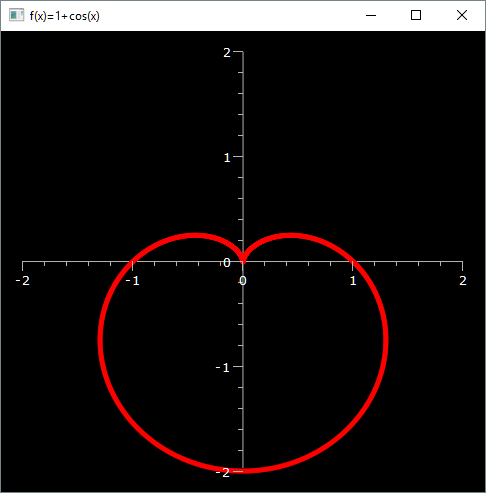Vedi: Wikipedia > Sistema di coordinate polari.
La prima immagine rappresenta la funzione con
.
Le successive sono variazioni della prima.

from visual import *
from visual.graph import *
def funzione(x): return 1
START=0 # primo valore
STOP =2*pi # ultimo valore
FMAX =1 # valore massimo
N=1000 # punti calcolati
DURATA=5 # durata, in secondi
gdisplay(title="f(x)=x", width=500,height=500, xmin=-FMAX,xmax=FMAX, ymin=-FMAX,ymax=FMAX)
g=gdots(color=color.red)
STEP=STOP/N
for angolo in arange(START,STOP,STEP):
rate(N/DURATA)
r=funzione(angolo)
x=r*cos(angolo)
y=r*sin(angolo)
g.plot(pos=(x,y))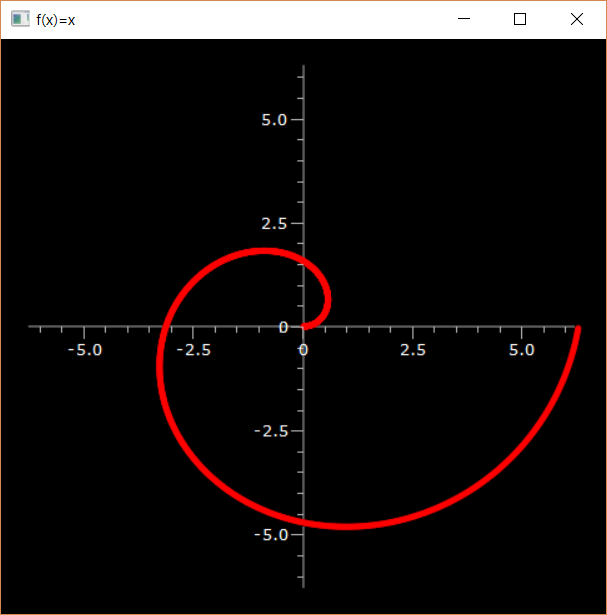
- FMAX =2*pi
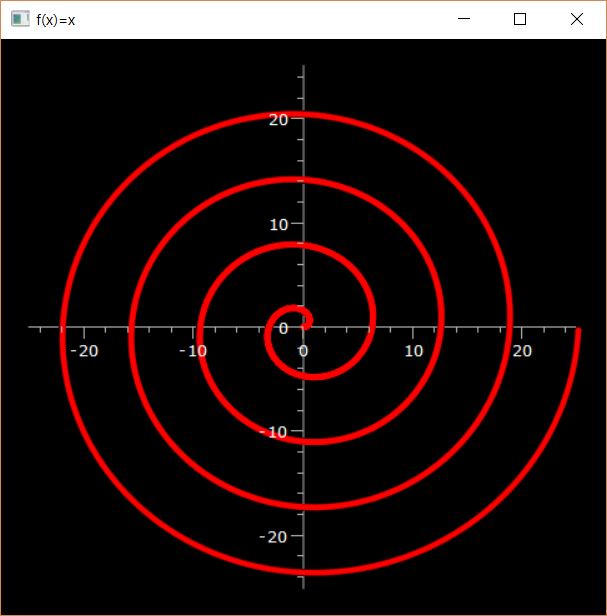
- START=0
- STOP=10*pi
- FMAX=10*pi
- N=2000

- START=0
- STOP=5*pi
- FMAX=5*pi
- N=1000
Disegnata 2 volte…
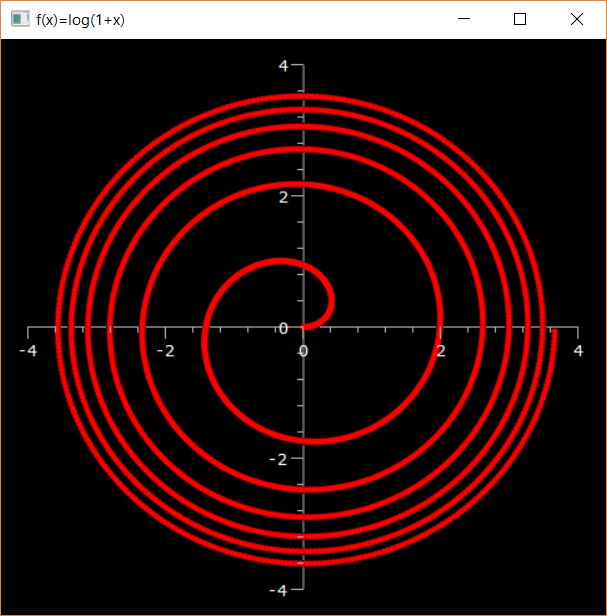
- START=0
- STOP=12*pi
- FMAX=4
- N=2000
Funzione coseno
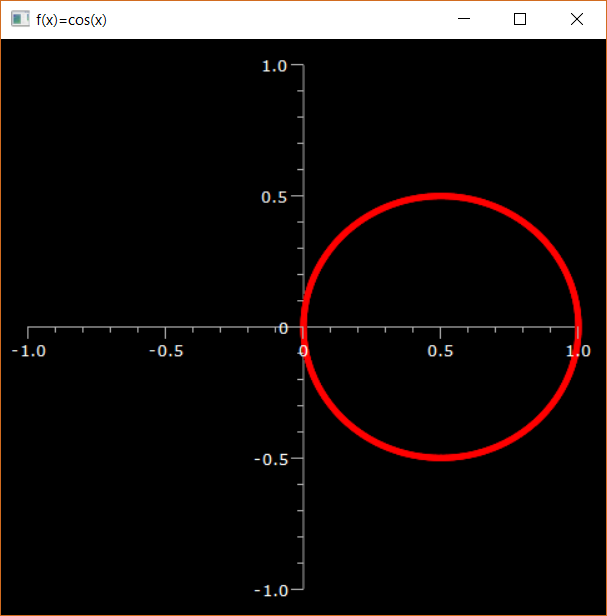
- START=0
- STOP=pi
- FMAX=1
- N=1000
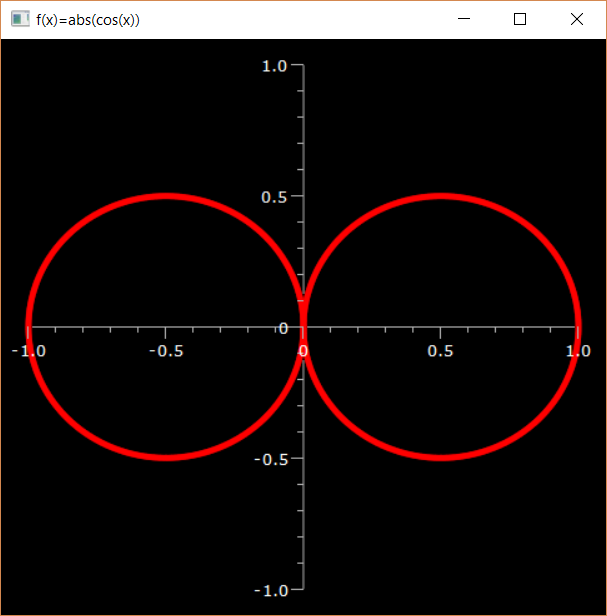
- STOP=2*pi
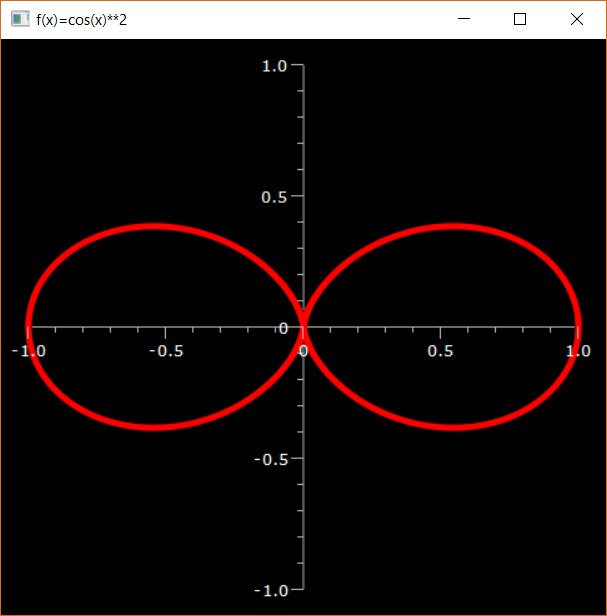
1+coseno…
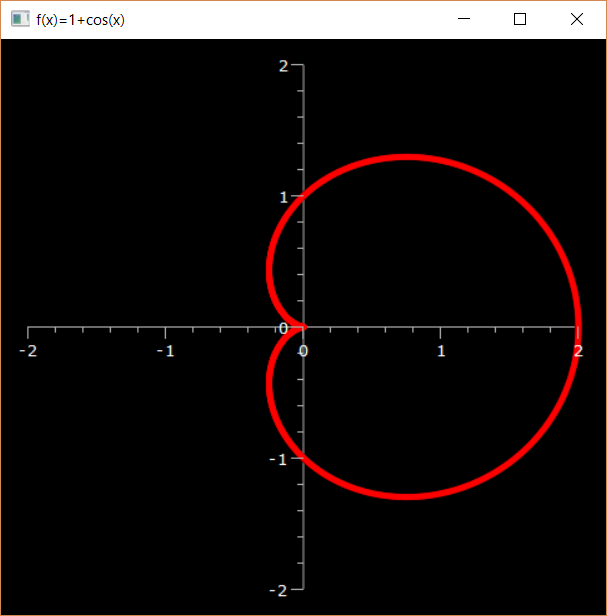
- START=0
- STOP=2*pi
- FMAX=2
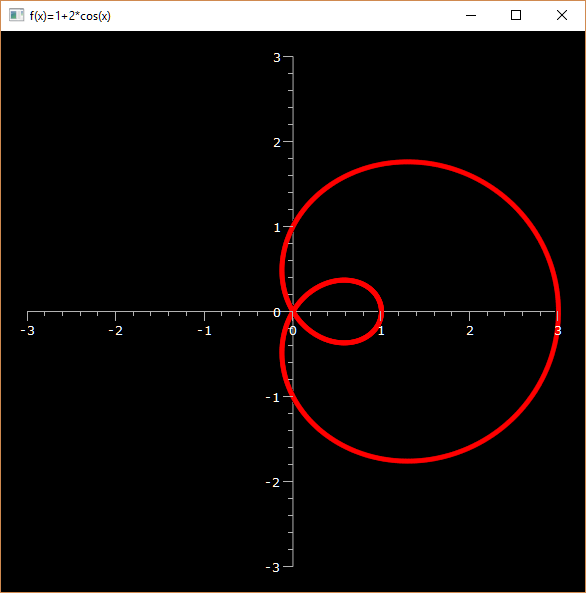
- START=0
- STOP=2*pi
- FMAX=3
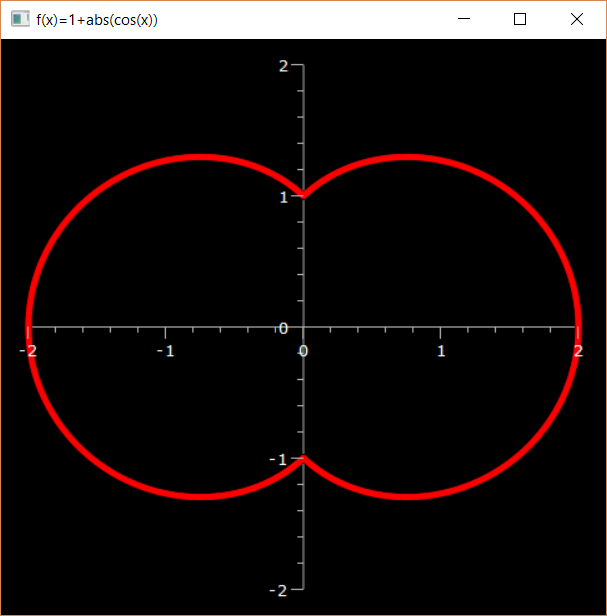
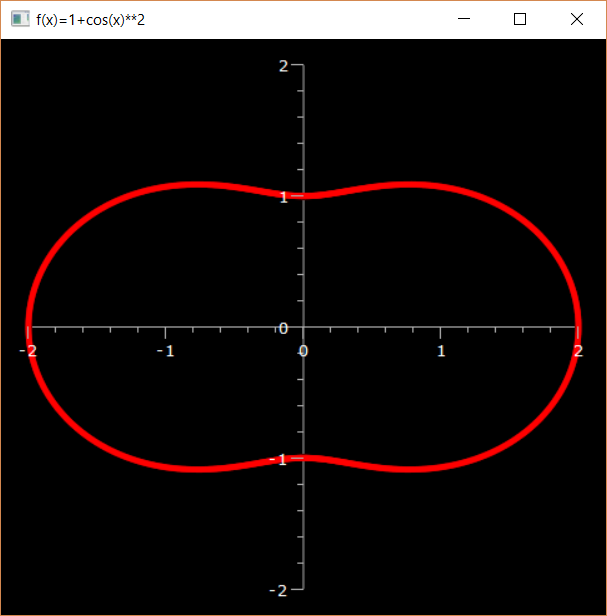
Variazioni della pulsazione
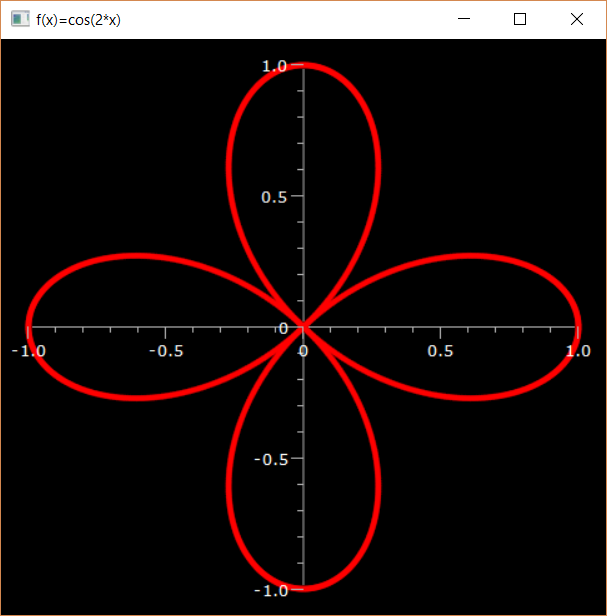
- Per n pari, 2n petali
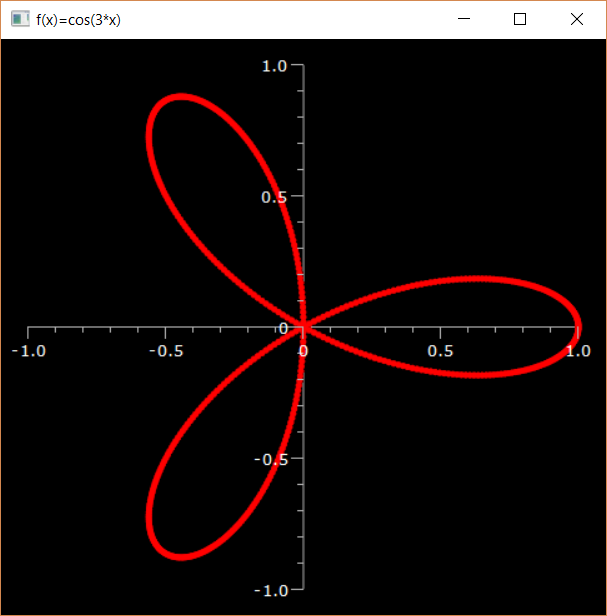
- Per n dispari, n petali
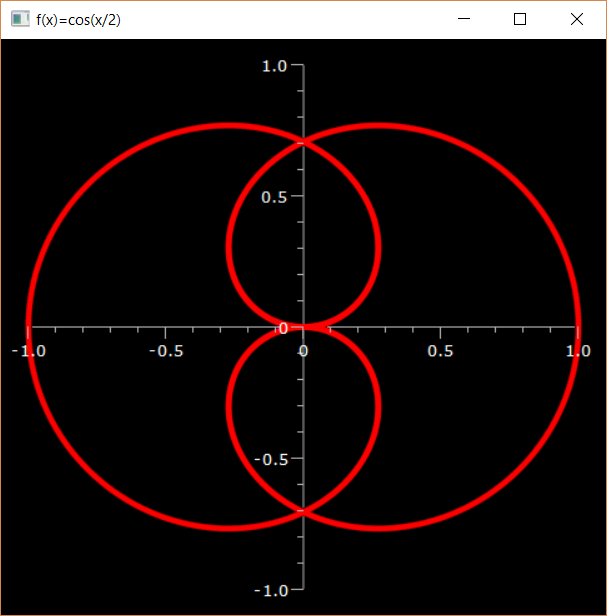
- STOP=4*pi
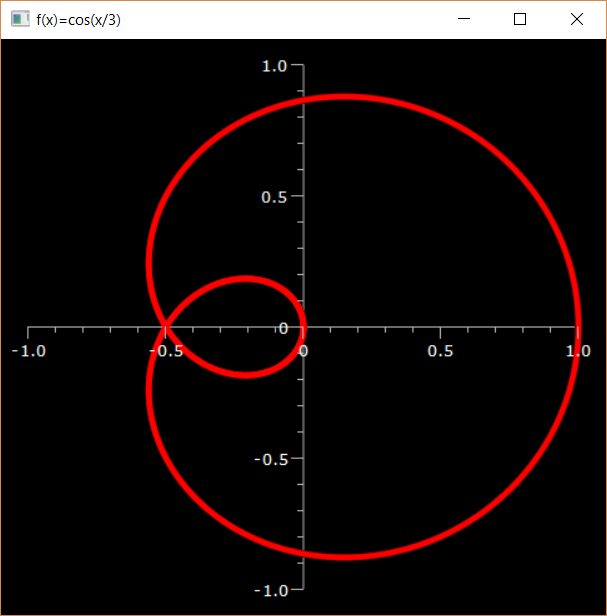
- STOP=3*pi
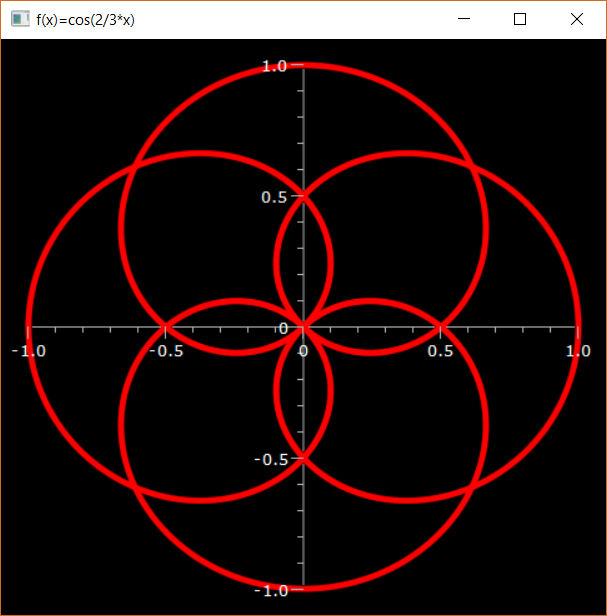
- STOP=6*pi
- N=2000
Reciproco del coseno

- START=0
- STOP=2*pi
- FMAX=2
- N=2000
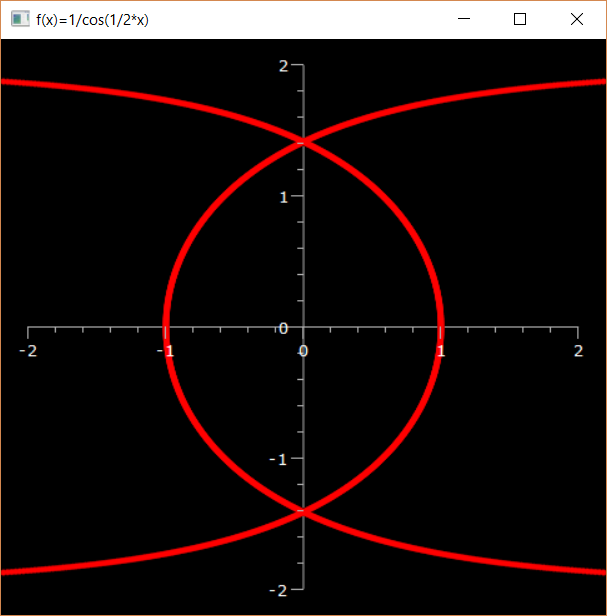
- STOP=4*pi
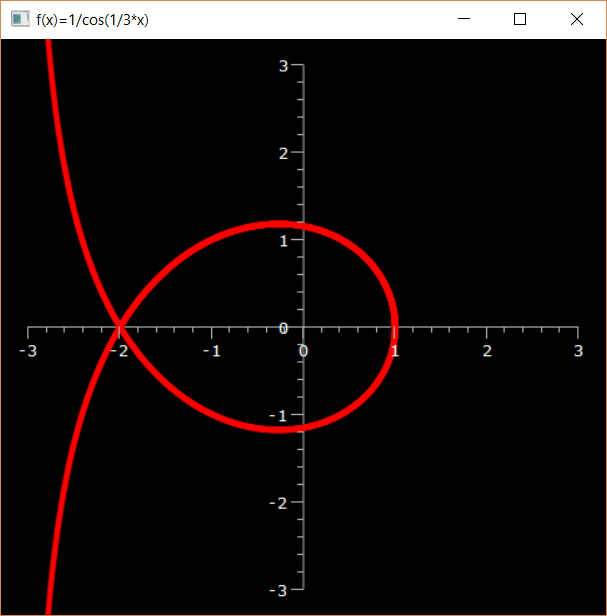
- STOP=3*pi
- FMAX=3
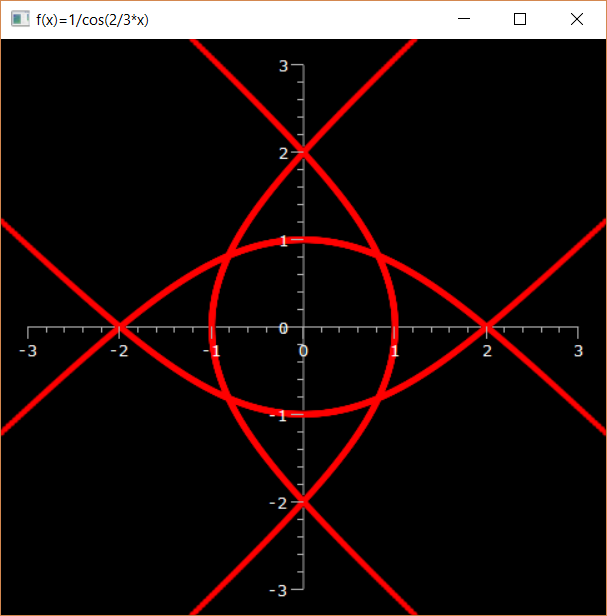
- STOP=6*pi
- FMAX=3
Tangente…
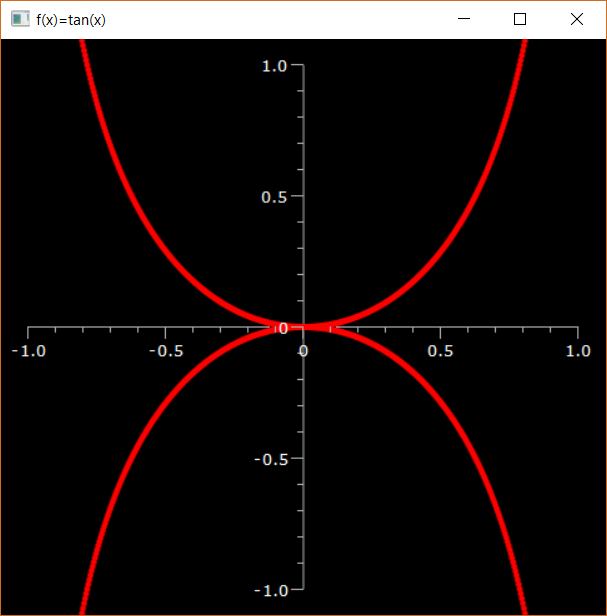
- START=0
- STOP=2*pi
- FMAX=1
- N=1000
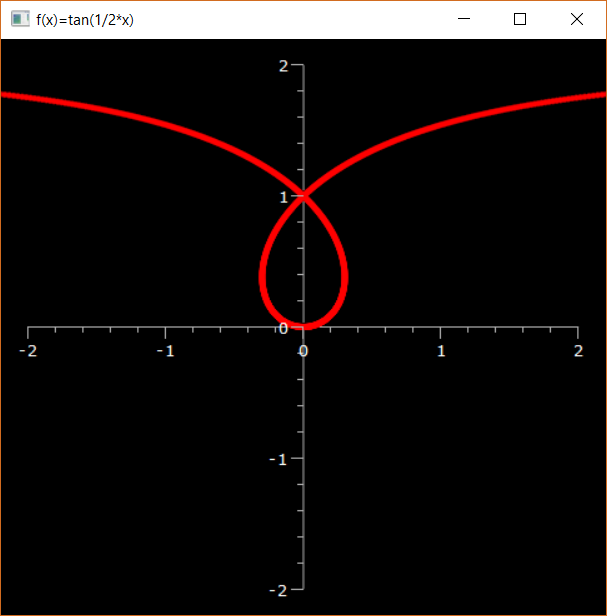
- FMAX=2
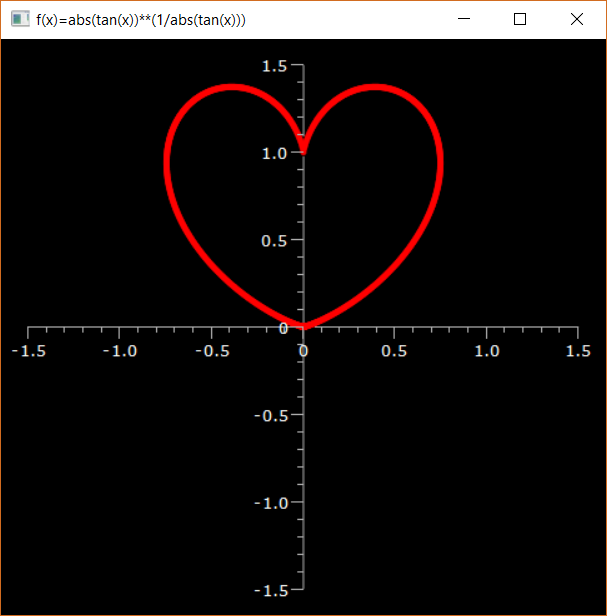
- STOP=pi
- FMAX=1.5
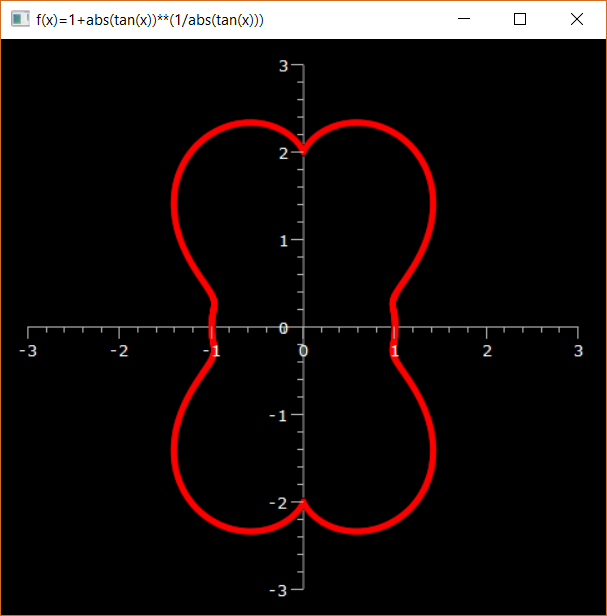
- STOP=2*pi
Ancora…

- START=0
- STOP=2*pi
- FMAX=2
…
